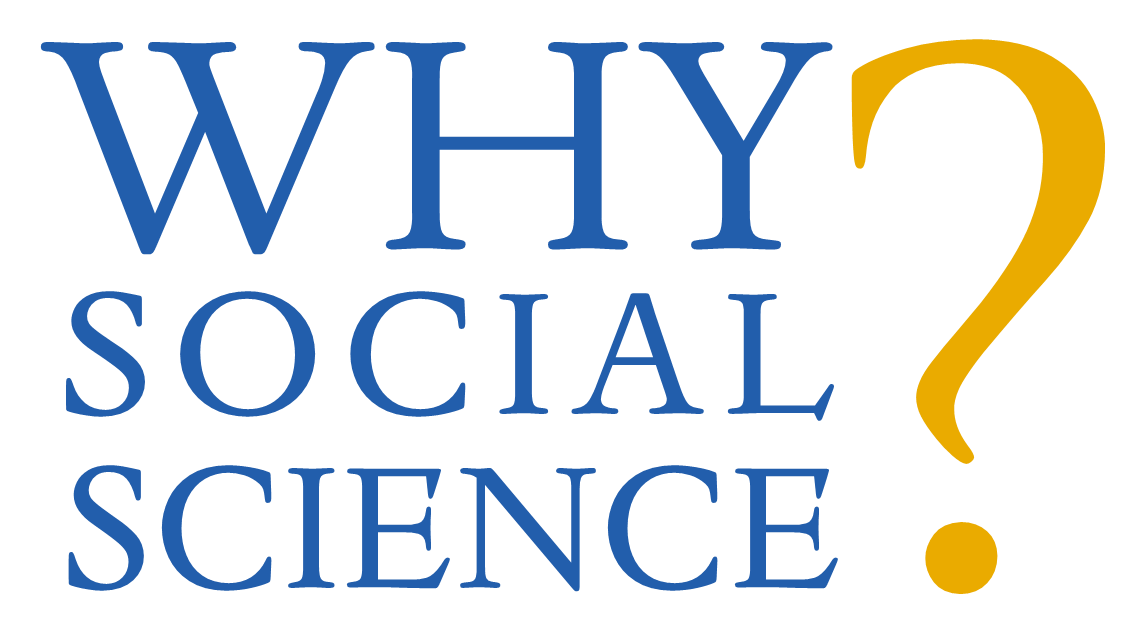Because Misogyny Is Still Alive and Well and Women Still Don’t “Rule” Equally to Men
Fifty years after Ruth Bader Ginsberg worked to secure constitutional equality for women, misogyny is still alive and well in the American political system. We only need to look at the Vice Presidential debate between Kamala Harris and Mike Pence to see the way in which gender is used to undermine the ability of women to lead. Women candidates like Harris are often talked over and interrupted repeatedly by their male opponents. Unlike men who are interrupted, they can’t redirect the flow of conversation with a sharp reprimand (or a “just shut up, man”), but must find ways to do so while maintaining likability. When they act publicly, women politicians are often denigrated, as we heard Trump do to Senator Kamala Harris after the VP debate.
Why does this matter? Research shows that when women candidates are belittled or their credibility or electability is questioned, it dampens other women’s political ambitions. While we saw a “blue wave” of women candidates in 2018, far fewer women than men aspire to elected office. Social scientists point out that American women are still shaped by traditional gender socialization, or raised to embrace traditional family roles. Unlike men, women rarely assume future partners will fully share these responsibilities; nor do they expect that future partners would quit a job or relocate to support the women’s professional aspirations. Many educated, professional women who seem appropriate for a political career work a “second shift” after returning home — and feel too time-crunched to run for office. American politics, long dominated by men, has a masculine ethos; women and men alike perceive political success as being linked to masculine traits such as self-promotion and fighting, and many do not think to encourage women to run for office. Women themselves often do not envision pursuing such a male-coded profession, which could make them appear to be more aggressive than nurturing. Additionally, women tend to be more election- and risk-averse than men and can be discouraged by barriers that men do not face, including sexist media coverage, intrusive questions about their life choices, overt sexual harassment, online misogynist abuse, or accusations of lying.
Read More